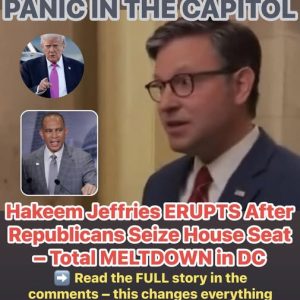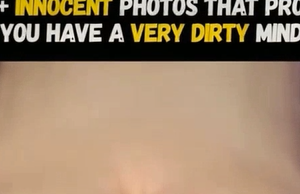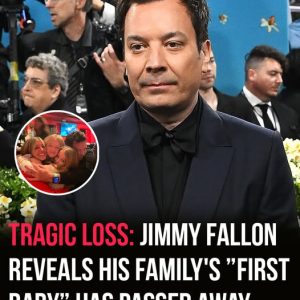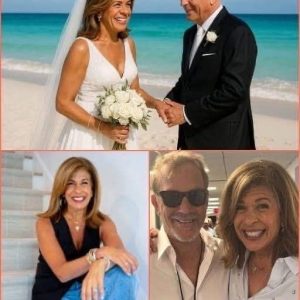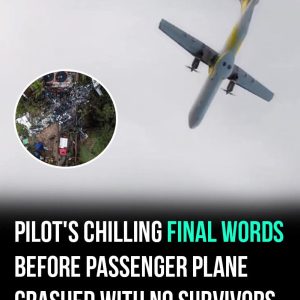Ukrainian President Volodymyr Zelenskyy met with U.S. President Donald Trump and several European leaders at the White House to discuss security guarantees for Ukraine. Zelenskyy called the talks “good” and emphasized the importance of U.S. and European support for Ukrainian defense, though he didn’t specify the form of the proposed guarantees.
President Trump stated that while the U.S. will help, European nations should bear most of the responsibility for Ukraine’s security. He also suggested that territorial exchanges based on current front lines might be part of future peace negotiations. The idea of a European-led peacekeeping force was also floated, although Trump indicated U.S. support would still be involved.
Russia quickly pushed back. The Russian Foreign Ministry strongly rejected any proposal involving NATO peacekeepers in Ukraine, warning that such a move would lead to “uncontrolled escalation” and unpredictable consequences.
Despite Moscow’s objections, Trump initiated direct peace talks by calling Russian President Vladimir Putin to arrange a face-to-face meeting between Putin and Zelenskyy, to be held within two weeks. German Chancellor Friedrich Merz confirmed the development, calling it a breakthrough.
Trump later announced that following the Putin-Zelenskyy meeting, he plans to host a “Trilat” involving himself and both leaders. Vice President JD Vance, Secretary of State Marco Rubio, and Special Envoy Steve Witkoff are reportedly coordinating diplomacy between the two countries.
NATO Secretary General Mark Rutte praised Trump’s efforts to break the deadlock, saying no one else had been able to initiate direct dialogue with Putin. Rutte also credited Trump’s pressure on NATO members for the alliance’s new commitment to increase defense spending to 5% of GDP — a long-standing demand from Washington, now finally met.
